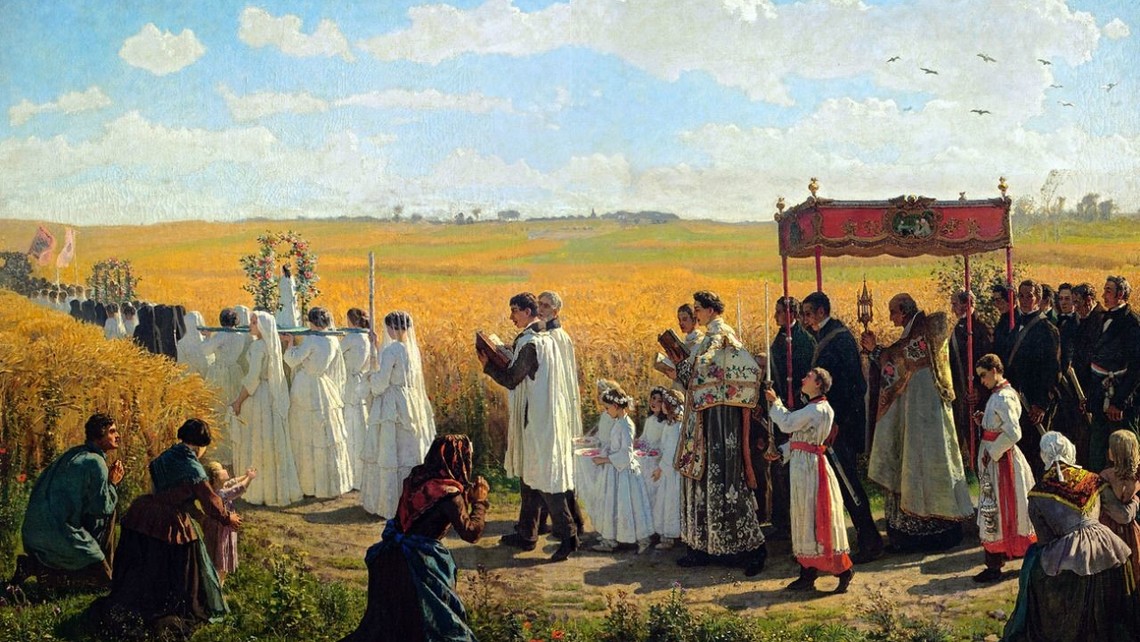
Dear St. Martin of Tours Family and Friends,
Not too long ago I was asked by a parishioner, “Father, what are the ‘Rogation Days’?” I recall my time in the Latin Mass seminary at the Fraternity of St. Peter—we did the liturgy according to the rules of 1962 before most of the liturgical changes—and that is where I first encountered the rogation days. So what are they? The word rogation comes from the Latin rogare, meaning "to ask", beseeching God to cool his anger for protection from all calamities, with prayer, fasting, and outdoor processions. The invocation of the saints with litanies and veneration of relics and icons are advised for our protection.
The Rogation Days started just after the Fall of the Roman Empire. As a means to anesthetize themselves from the invasion of the Gauls and Goths and the collapse of their civilization, Romans, including Christians, fell into the eating of luxurious delicacies, drunkenness, and watching immoral plays during Easter.
We usually give 476 for the date of the Fall of the Roman Empire, but the years leading up to that were terrible years. The Catholic world felt itself under a curse. In 470 in Vienne, France there were unprecedented earthquakes that destroyed churches and homes; a fire "descended from Heaven" on Easter Sunday and burned the church and palaces. There was allegedly demonic activity there as well in the form of possessed wolves and other wild beasts.
The bishop of Vienne at the time, St. Mamertus, ordered three days of fasting and recitation of the Litany of the Saints did the sufferings stop. The practice spread until Pope Leo III codified the practice in the Roman Ritual in the year A.D. 816, the last year of his pontificate.
The main rogation day is held on 25 April. Minor rogations as they are called are held from the Monday to Wednesday preceding Ascension Thursday. The Rogation days' celebrations consist of a procession and a Rogation Mass. The Litany of the Saints was chanted, with each verse and response sung twice, while the procession followed the borders of the parish. The priest would bless the fields during the litany. The seven penitential psalms (6, 32, 38, 51, 102, 130, 143) and the fifteen gradual psalms (120-134) can be added, and the litany can be repeated if needed.






